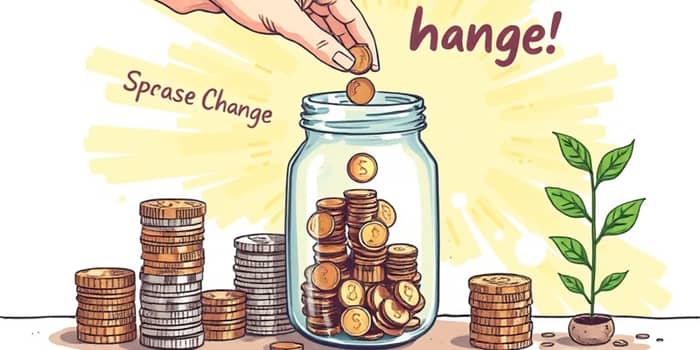
In early 2020, I stared at my bank statement with a mix of frustration and confusion. Month after month, my savings account barely budged. Despite my best intentions, unexpected expenses and impulse buys eroded any progress. I realized that no matter how motivated I felt, without a clear routine, my financial goals remained out of reach.
That’s when I discovered a deceptively simple approach: a daily ritual so basic that I nearly dismissed it. Yet this consistent small actions habit transformed not only my bank balance but also my mindset about money and consumption.
Habits are routine behaviors performed with minimal conscious thought. According to behavioral research, forming a new habit typically takes anywhere from 4 to 6 weeks, though some studies suggest it can take up to 66 days to become automatic. By repeating a behavior in the same context daily, we build neural pathways that eventually allow the action to occur effortlessly.
Understanding this process helped me embrace the idea that complexity wasn’t required. Instead of overhauling my entire budget, I focused on one tiny habit I could repeat every day. Within days, the ritual felt as natural as brushing my teeth.
I chose to review my bank and credit card accounts each morning. Spending just five minutes daily allowed me to spot errant charges, track discretionary spending, and reinforce a sense of financial accountability. As a secondary practice, I began depositing spare change into a visible glass jar.
These small, deliberate practices kept me mindful of every dollar and cent. I found that limiting myself to a smaller shopping basket also curbed unnecessary purchases without feeling restrictive.
Researchers at University College London found it can take up to 66 days to cement a new behavior. However, the key lies in context consistency: performing your chosen action at the same time and place each day. By automating the process with calendar reminders and visual cues—like keeping the jar next to my coffee maker—I ensured I never skipped a day.
This simple table illustrates the immense impact of minor changes. Over a year, these efforts accumulate into a substantial cushion, enabling unexpected expenses to be handled without stress.
Adopting a savings habit isn’t purely mechanical—it demands a psychological shift. I learned to practice contentment and mindfulness by focusing on what I already owned. Rather than chasing the next gadget or outfit, I reminded myself of past purchases and how they continued to serve my needs.
Over time, resisting impulse buys became easier. Each act of restraint reinforced a sense of satisfaction with less—and that was profoundly liberating.
Before implementing my simple habit, my savings balance hovered near zero despite my income. Stress over unexpected bills led to late fees and occasional overdrafts. After 66 days of daily reviews and spare change deposits, I noticed a consistent upward trend. The jar soon held a few hundred dollars, and automated transfers boosted my online savings account.
Within six months, my savings had grown by over $2,000. I funded an emergency fund, paid down credit card debt, and finally felt in control. The habit’s impact extended beyond numbers; I experienced reduced financial anxiety and a newfound confidence in my ability to manage money.
You don’t need a complex strategy to transform your finances. By committing to a simple, visible routine—whether it’s a daily saving ritual or a quick account review—you harness the power of automatic behavior. The journey to financial stability begins with one deliberate action repeated consistently.
I challenge you to choose one small habit today, stick with it for two months, and observe the change. In just a few weeks, you’ll marvel at how transformative long-term impact emerges from the simplest of choices.
References













